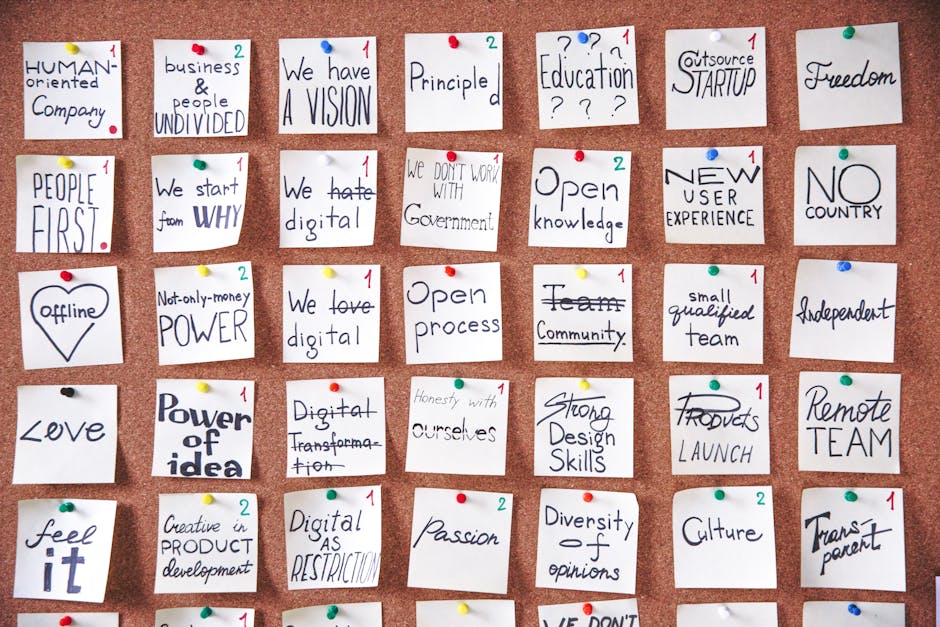Game Jams as Cultural Movements: Redefining Social Issues Through Play
In a world where video games are increasingly recognized as a medium for cultural expression and dialogue, game jams are emerging as transformative events. These collaborative design marathons not only produce innovative games but also foster discussions around pressing social issues. By participating in game jams, teams and individuals discover profound insights into societal challenges, creating a tapestry of narratives that resonate with players on multiple levels. Let's dive deep into how these unique events are redefining the landscape of social commentary through play, promoting awareness, empathy, and cultural reflection.
What is a Game Jam?

Game jams are short, time-bound events where participants collaboratively design and develop games from scratch. They typically last anywhere from 24 to 72 hours, challenging teams to conceptualize, prototype, and occasionally polish a playable game within this tight timeframe. Since their inception in the early 2000s, game jams have grown into an international phenomenon, with events taking place around the world, each fostering a spirit of creativity, collaboration, and community.
These events cater to participants from diverse skill sets, allowing aspiring developers, artists, musicians, and storytellers to mingle and combine their talents. They facilitate not just the creation of games, but also a cultural movement where innovative ideas flourish, often resulting in games that address pertinent social issues.
The Power of Collaborative Design

One of the standout features of game jams is their collaborative atmosphere. Unlike traditional game development, which often involves hierarchical structures and extensive planning, game jams emphasize experimentation, risk-taking, and collective creativity. Team members brainstorm ideas, share insights, and iterate on designs in real time. This dynamic collaboration can lead to the rapid generation of themes that address social injustices, mental health awareness, environmental challenges, and other relevant topics.
For example, during the Global Game Jam, several teams crafted games highlighting mental health struggles. Titles like “A Day in the Life” allow players to navigate the complexities of living with a mental condition. Such games not only entertain but also educate players, inviting them to walk in someone else’s shoes and understand their stories—a prime example of using play as a medium for social commentary.
Addressing Social Issues Through Play

As the gaming industry evolves, so do the stories being told through the medium. Game jams provide a unique platform for addressing issues that might be neglected in mainstream media. By focusing on themes of social justice, identity, and community, designers are able to create experiences that challenge the status quo. Here are a few notable themes that have emerged from game jams:
1. Mental Health Awareness

The stigma surrounding mental health can be daunting, but through telltale games that foster understanding and empathy, game designs can play a crucial role in promoting awareness. Many developers use narrative-driven gameplay to help players experience mental health challenges firsthand, encouraging open discussions about these topics. In this context, game jams serve as breeding grounds for innovation, as seen in our coverage of how gaming narratives shape player mental health and well-being.
2. Diversity and Inclusion

Game jams have also been instrumental in fostering a more inclusive gaming culture, promoting diversity in storytelling and character representation. By encouraging participants from all walks of life, these events can generate dialogue about the importance of showcasing unique perspectives within the gaming space. Projects that emerged from game jams have addressed issues like racial inequality, LGBTQ+ representation, and gender identity, helping players engage with content that resonates on a personal level.
3. Environmental Awareness

With the planet facing significant ecological crises, game jams are increasingly tackling environmental themes. Developers have designed games that encourage players to learn and explore sustainability practices, fostering a sense of responsibility. The narratives often incorporate elements of nature, allowing players to engage with pressing eco-issues in interactive ways. This connection can have transformative potential, making the experience memorable and impactful, reminiscent of our discussion on how gaming shapes real-world eco-activism.
Case Studies: Notable Games from Game Jams

To illustrate the themes highlighted above, it’s essential to examine specific games that emerged from game jams:
“The Black Card”

This game, created during a jam, urges players to navigate social scenarios that challenge racial stereotypes and discrimination. Through humor and thought-provoking gameplay, it sheds light on issues of identity while allowing players to explore their responses to various situations.
“A Normal Lost Phone”

An intimate narrative game exploring the life of a trans teenager, this title takes players through various messages, photos, and notes found on a phone. The game, developed in part during a game jam, fosters empathy by providing a glimpse into the emotional complexities faced by its protagonist.
“Papers, Please”

Though not solely birthed from a game jam, the development process reflects the same principles: rapid iteration and social commentary. This game places players in the role of an immigration officer in a dystopian setup, forcing them to grapple with ethical dilemmas that challenge their moral compass. Its engaging narrative invites players to reflect on broader societal issues, linking gameplay with personal ethics.
The Impact of Game Jams on Communities

The ripple effects of game jams extend beyond the games themselves. By cultivating a sense of community and shared purpose, these events bring people together, often leading to the establishment of lasting friendships and collaborations. Participants network, share knowledge, and often continue working together on future projects, creating a circle of innovation that supports creative growth in the gaming sector.
Moreover, the accessibility of game jams has empowered newcomers and aspiring developers, inciting an interest in game design and increasing the diversity of voices in the industry. Many participants report newfound enthusiasm for development and storytelling, spurred by their experiences in these collaborative environments.
The Future of Game Jams and Cultural Movements

As we look to the future, both game jams and the broader cultural movements they inspire will undoubtedly evolve. Here are a few areas to watch:
1. Sustainability and Social Impact

With growing awareness around climate change, future game jams might center on themes of sustainability, promoting games that educate players about environmental issues and connect them with solutions. Projects focused on real-world impact, from reducing waste to advocating for policy changes, will likely emerge, further solidifying gaming as a tool for positive change.
2. Enhanced Technology and Platforms
As technology progresses, the tools available for game design become more sophisticated. Expect to see game jams leveraging augmented reality (AR), virtual reality (VR), and artificial intelligence (AI) in innovative ways. This technology can deepen narratives as players engage with complex themes on new levels, much like our exploration of AI's transformative impact on player experiences in gaming.
3. Integration of Philosophy and Ethos
Moving forward, we can anticipate a burgeoning interest in integrating philosophical and ethical discussions into game design. By weaving deeper narratives into gameplay, designers could spark conversations about morality, ethics, and society—foundational elements that are ripe for exploration within this interactive medium.
Next Steps for Aspiring Developers
If you're inspired to participate in a game jam or simply want to leverage your passion for social change through gaming, here are a few steps to get started:
-
Research and Join a Local or Online Game Jam: Many organizations host game jams around the world, such as Global Game Jam or Ludum Dare. Participating can provide invaluable experience in collaboration and gameplay creation.
-
Connect with Diverse Communities: Engage with local gaming groups or online communities where you can share ideas, collaborate, and gain feedback. This can lead to rich partnerships and a broader understanding of different perspectives.
-
Stay Informed and Inspired: Read articles, watch videos, and explore various facets of game design. Knowledge about narrative, audio design, and psychology can shape your approach to creating games that engage and resonate with players. Consider diving into some of the themes from related posts on audio design's impact on experience or interactive storytelling to enrich your approach.
-
Focus on Empathy-Driven Design: Develop stories that reflect diverse experiences. The ability to evoke empathy through gameplay can make your work impactful and relevant, allowing you to contribute to meaningful cultural dialogues.
As game jams continue to evolve, their potential to reshape narratives, raise awareness, and foster community engagement will remain pivotal. The intersection of gaming and social justice is dynamic and evolving, meaning there has never been a more critical time for developers and storytellers to engage with these cultural movements through play.
Final Thoughts
Game jams exemplify the intersection of creativity, collaboration, and cultural reflection, proving that the gaming industry is more than just entertainment—it's a platform for change. By redefining social issues through interactive experiences, we can urge players to engage with the world differently, bringing awareness to challenges they may not otherwise consider. As we navigate the future of gaming, let’s continue to champion inclusive narratives, fostering understanding and empathy through the art of play.



